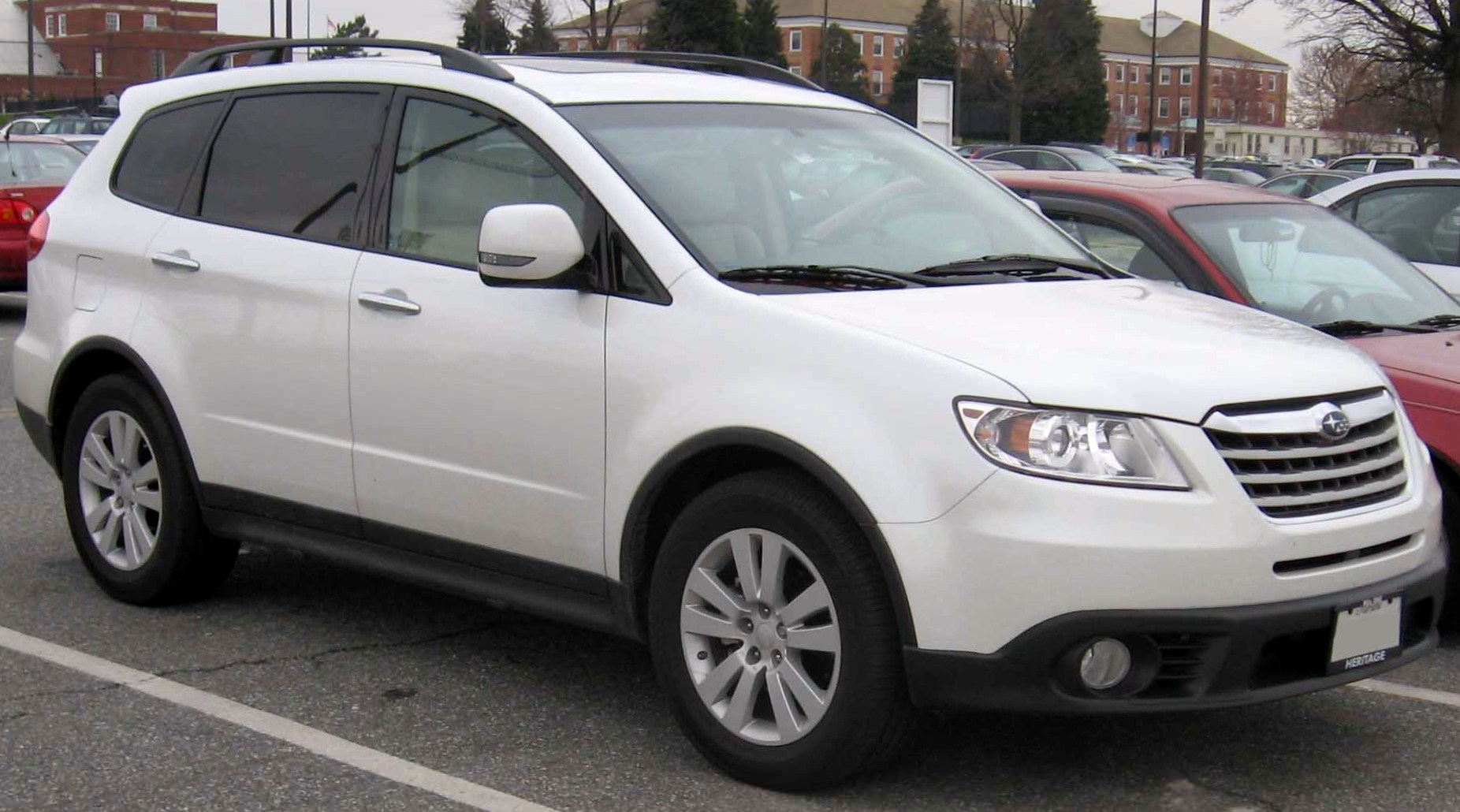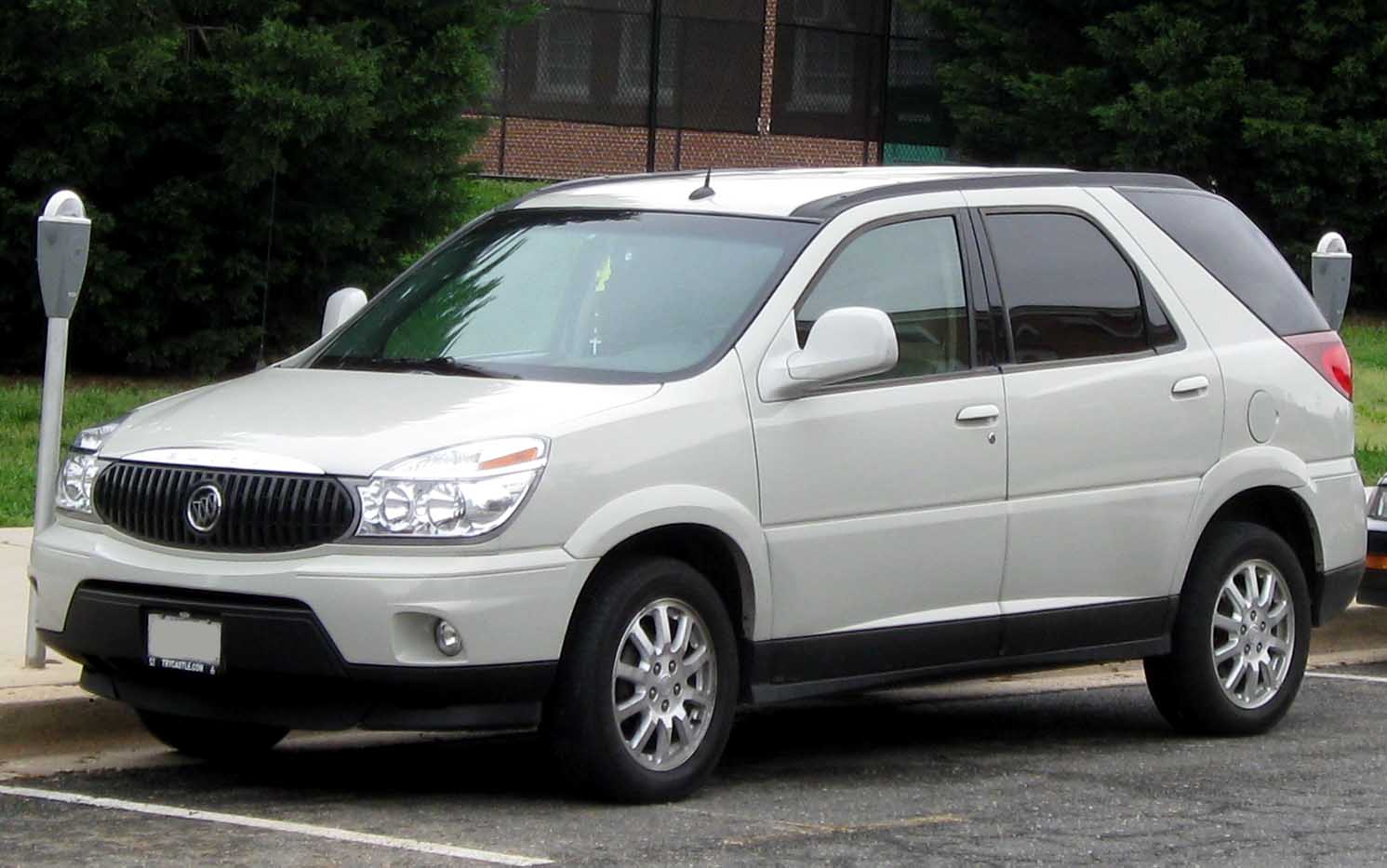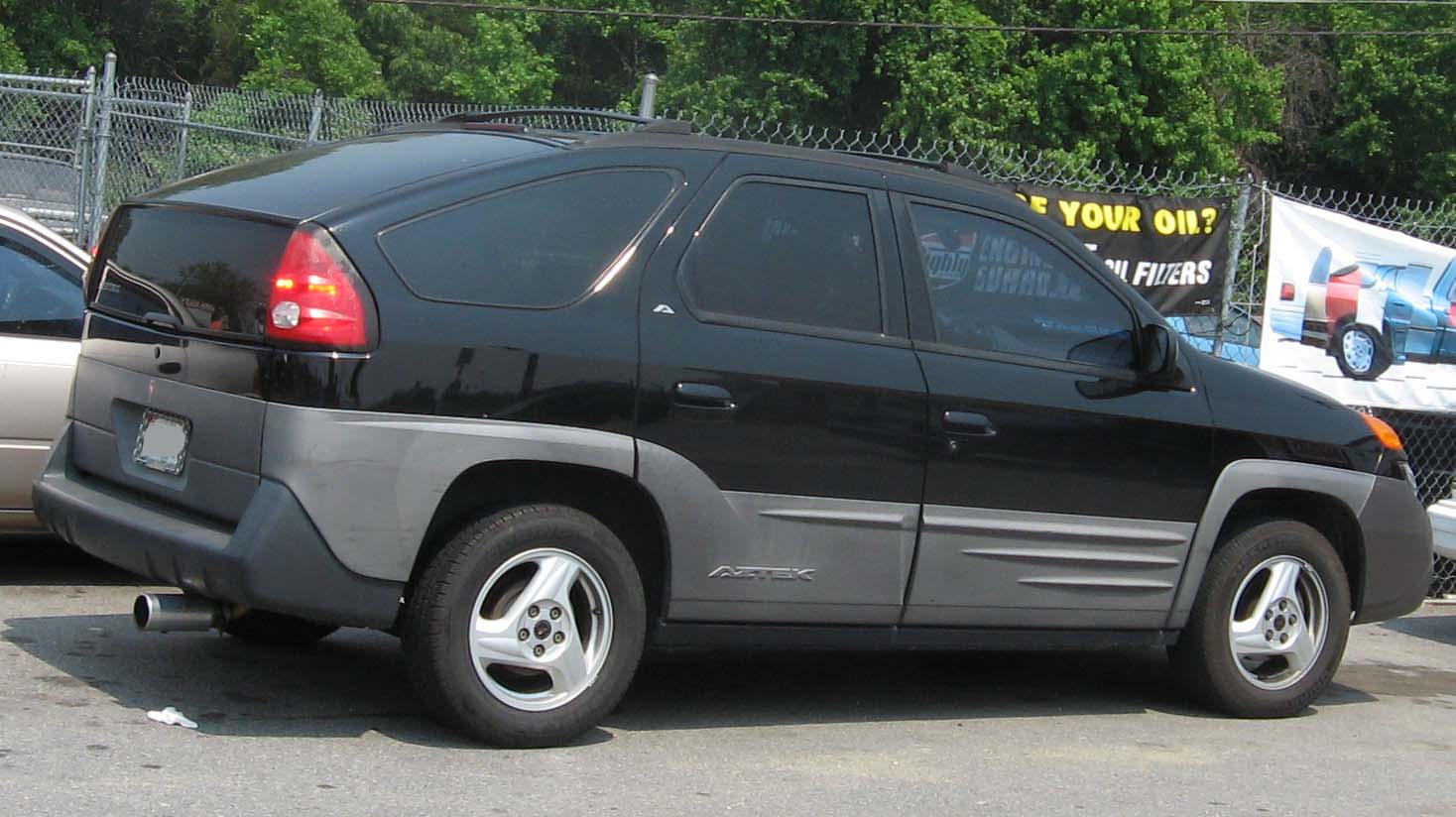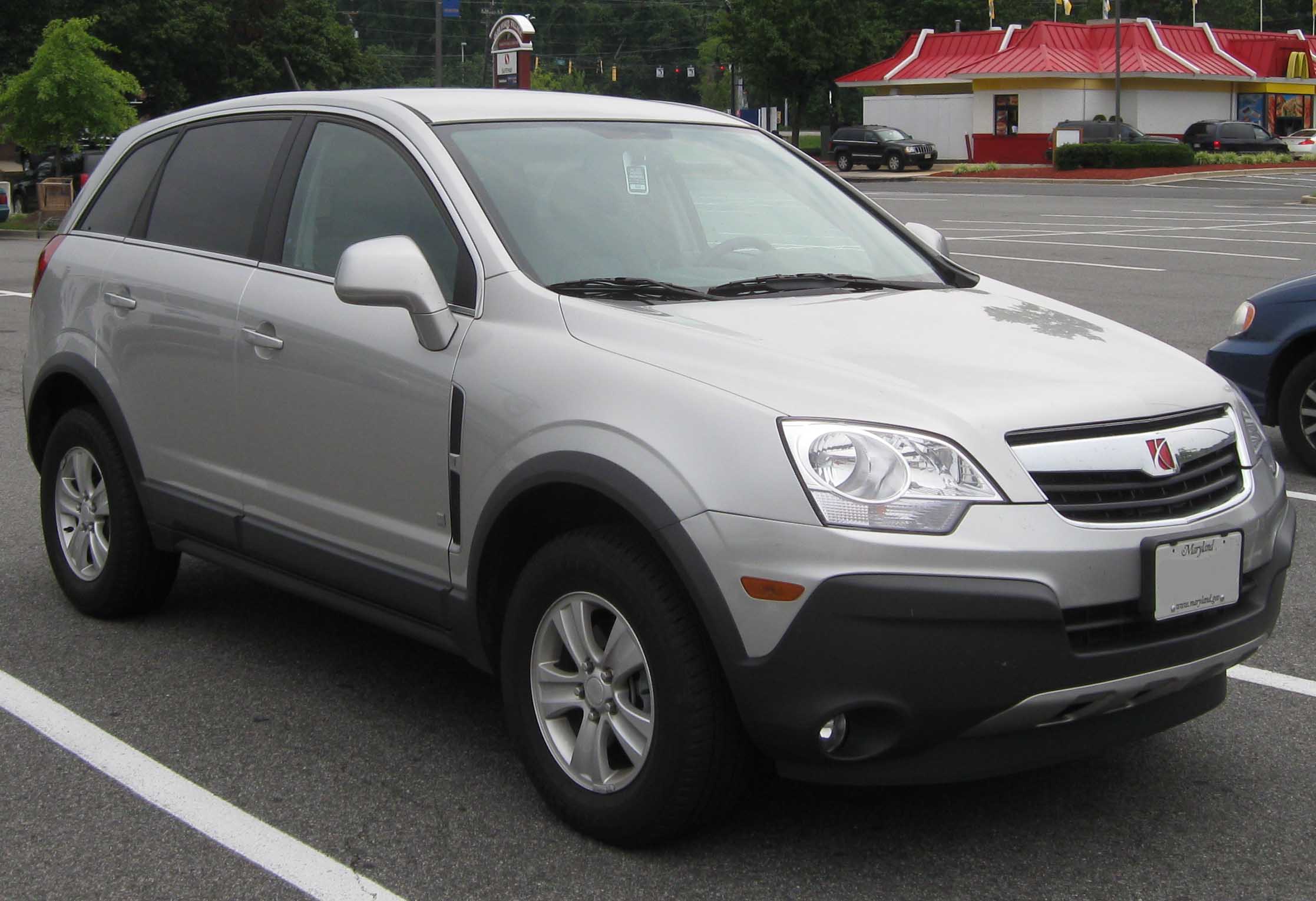The Decade’s Duds: A Journey Through the Unsalable Cars of the 2000s

The 2000s were a fascinating decade for the automobile industry, marked by technological advancements and design innovations. However, not every car launched during this time was a hit. In fact, some models struggled immensely, failing to capture the hearts of consumers and ultimately becoming some of the worst-selling cars of the decade. Let’s delve into ten of these vehicles and explore what went wrong, from questionable design choices to poor market strategies.

1. **2006-2014 Subaru Tribeca**: The Subaru Tribeca was an ambitious attempt at capturing the SUV market but fell short with its peculiar design. The grille, often described as having a “bland personality,” was emblematic of the vehicle’s overall lack of appeal. Despite initial enthusiasm, sales stalled at less than 77,000 units in the U.S., making it a memorable flop of the 2000s. Although the Tribeca received accolades for its interior and safety features, these weren’t enough to save it from being overshadowed by more aesthetically pleasing competitors.

2. **2002-2007 Buick Rendezvous**: Despite its unattractive design, the Buick Rendezvous managed to exceed sales expectations temporarily. It was seen as a cost-effective alternative to luxury SUVs like the Lexus RX and Acura MDX, thanks to aggressive value pricing. However, its looks were a major drawback. Sharing design elements with the infamous Pontiac Aztek, the Rendezvous struggled with its rear-end design, which was often criticized for being a chaotic blend.

3. **2003-2010 Kia Amanti**: Kia’s attempt at an executive-level sedan, the Amanti, aimed high but missed the mark. Its design appeared to mimic the 1990s Mercedes-Benz E-Class, but the execution left much to be desired. The awkward roofline and front-end styling did little to endear it to consumers, who quickly wrote it off as an uninspired imitation rather than a luxurious offering.

4. **2007-2012 Dodge Nitro**: The Dodge Nitro was another casualty of the 2000s’ questionable design ventures. Marketed as a rugged and robust SUV, it failed to resonate with buyers, resulting in sluggish sales that led to the model’s discontinuation in 2011. Fiat Chrysler’s attempts to inject personality into the Nitro with bold styling fell flat, leaving it as yet another forgettable model of the decade.

5. **2003-2007 Saturn Ion**: Saturn’s Ion was marketed as a durable, innovative vehicle with its dent-resistant panels and unique rear clamshell doors. However, these features couldn’t compensate for its lackluster design. The Ion was ultimately replaced by the Opel Astra as consumers turned their backs on its uninspiring aesthetics. Despite its brief stint, the Saturn Ion does hold a place in automotive history for its distinctive, albeit peculiar, styling choices.

6. **2006-2011 Chevrolet HHR**: A nostalgic nod to Chevrolet’s past, the HHR was intended to channel the styling of 1940s and 1950s vehicles. Unfortunately, its resemblance to the Chrysler PT Cruiser was too close for comfort, resulting in a lukewarm reception. Although it saw its best sales year in 2007, with over 105,000 units sold, the HHR’s design did not age well, leading to its eventual phase-out.

7. **2001-2007 Suzuki Aerio**: Known internationally as the Suzuki Liana, the Aerio’s quirky styling was off-putting to many. Its narrow front and bulbous body failed to strike a chord with buyers, causing its production to cease in most markets by 2007. Despite its appearance on popular shows like Top Gear, the Aerio couldn’t overcome its design deficiencies to become a lasting success.

8. **2003-2011 Honda Element**: The Honda Element was a vehicle that many loved to hate for its unconventional boxy design. However, this unique styling offered exceptional practicality, with features like rear-hinged doors and ample cargo space. While it sold over 67,000 units, solidifying its place as a cult favorite, the Element’s looks were a polarizing factor that kept it from achieving broader appeal.

9. **2007-2011 Jeep Compass (First Generation Pre Facelift)**: The first generation of the Jeep Compass didn’t do the brand any favors with its confused aesthetics. Despite an initially promising launch, the pre-2011 facelift model struggled with a design that many found unappealing. Sales numbers reflected a love-hate relationship with consumers, highlighting the importance of cohesive and attractive design in the competitive SUV market.

10. **2001-2010 Chrysler PT Cruiser**: The PT Cruiser may have had a brief moment of popularity, even winning awards, but its retro design quickly fell out of favor. What once capitalized on early 2000s nostalgia became a liability as tastes evolved. By the end of the decade, the PT Cruiser was frequently cited in discussions of unattractive cars, underscoring the risks of relying too heavily on retro styling cues.

Continuing our journey through the 2000s automotive landscape, we delve into the intriguing stories behind more of the decade’s least popular rides. These vehicles, while notorious for their lackluster sales, nonetheless provide fascinating case studies in automotive missteps, both in design and strategy.

11. **2001-2005 Pontiac Aztek**: A vehicle perhaps best remembered for its role in the hit TV series “Breaking Bad,” the Pontiac Aztek still struggled to find favor with the general public. This crossover SUV was criticized for its geometric and awkward design, which seemed to borrow elements from both the Buick Rendezvous and the Toyota Prius. Despite its practical interior and innovative features like a built-in camping tent, the Aztek couldn’t overcome its aesthetic shortcomings. Its sales trajectory reflected this, with a promising start that rapidly dwindled, culminating in a dismal final production year.
12. **2001-2010 Oldsmobile Alero**: The Alero was Oldsmobile’s last attempt to attract younger buyers before the brand was phased out. Unfortunately, it failed to create a lasting impression. Its generic design and mediocre performance did little to differentiate it from competitors, leading to its inclusion in discussions about the least memorable cars of the era. Even a significant marketing push couldn’t save the Alero from becoming an emblem of Oldsmobile’s decline.

13. **2005-2010 Chevrolet Cobalt**: Designed to replace the Cavalier, the Chevrolet Cobalt faced numerous challenges, including a series of recalls for ignition switch defects that marred its reputation. Its uninspired design and lackluster handling did little to excite consumers. Despite decent sales figures initially, the Cobalt couldn’t maintain momentum and was eventually overshadowed by its more dynamic competitors.

14. **2004-2008 Chrysler Crossfire**: The Chrysler Crossfire, a product of the Daimler-Chrysler merger, was a bold attempt to offer a sporty coupe to the masses. However, its polarizing design and cramped interior space failed to resonate with buyers. Initially marketed with high expectations, the Crossfire’s sales quickly dwindled, making it an underwhelming presence in the sports car segment.

15. **2001-2006 Lincoln Blackwood**: Lincoln’s first attempt at a luxury pickup, the Blackwood, was plagued by its impracticality. Despite its plush interior, the truck’s small bed and lack of four-wheel drive made it an odd choice for both luxury and utility buyers. With only one year of production, the Blackwood’s brief run serves as a cautionary tale of a niche market poorly understood.

16. **2003-2004 Pontiac GTO**: Reviving the legendary GTO badge, Pontiac introduced this model as a high-performance coupe. Unfortunately, its bland styling and high price point hindered its appeal. While it boasted a powerful engine, the lack of iconic visual cues from its predecessors failed to stir the enthusiasm of muscle car aficionados. As a result, the GTO was short-lived, with production ceasing after two years.

17. **2005-2008 Saturn Relay**: As Saturn’s entry into the minivan market, the Relay aimed to capture families seeking practicality. However, its unremarkable design and subpar interior quality led to disappointing sales. Despite the presence of handy features like a DVD entertainment system, the Relay struggled to compete against more established minivans, eventually leading to its discontinuation.

18. **2001-2004 Mercury Marauder**: The Mercury Marauder was introduced as a performance-oriented sedan, borrowing design cues from the Ford Crown Victoria. Its lack of significant performance upgrades and understated appearance failed to attract the enthusiast crowd, resulting in poor sales figures. The Marauder’s brief existence underscored the importance of aligning performance promises with actual capabilities.
These vehicles, while not celebrated for their success, offer valuable lessons in automotive design, marketing, and consumer expectations. They remind us that even in the world of automobiles, innovation must be paired with a keen understanding of market demands to truly capture the hearts of consumers.

As we reflect on these tales of automotive misadventures, it’s clear that the 2000s were a time of experimentation and risk-taking in the car industry. While not all ventures bore fruit, they collectively contribute to the rich tapestry of automotive history, serving as reminders of the ever-evolving tastes and preferences of car buyers. The roads may have been less traveled by these models, but their stories remain an integral part of the landscape that continues to shape the world of cars we know today.
Related posts:
Top 20 Selling Passenger Cars in the U.S., 1999–2001
The Ugliest Cars of the 2000s
List of automobiles known for negative reception
Discover more from Auto Travel World
Subscribe to get the latest posts sent to your email.













